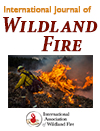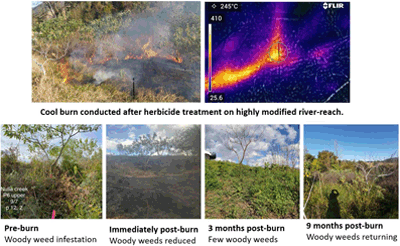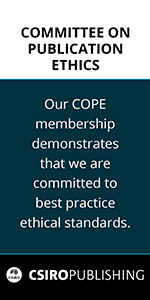WF24060Insights on the dynamics of Miombo woody vegetation in Niassa Special Reserve, northern Mozambique
Miombo woodlands’ dynamics is determined by fire frequency (ff) and severity (fs). High ff and fs reduced tree diameter and carbon increments and increased mortality over the past 14 years. Fire adapted tree species dominated high ff plots. The ecosystem will be stable in the future, but fire management action is key.
This article belongs to the collection: Savanna burning.
WF24060 Abstract | WF24060 Full Text | WF24060PDF (1.4 MB) | WF24060Supplementary Material (891 KB) Open Access Article






